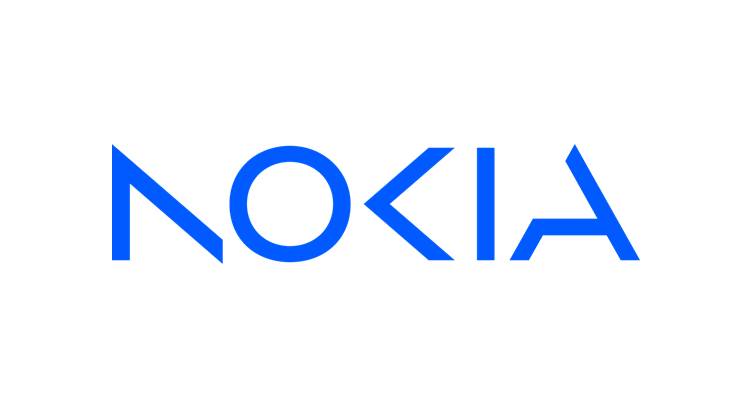Nokia introduced its Network as Code platform and developer portal that enables application developers and communication service providers (CSPs) to accelerate the work of producing software applications for new enterprise, industrial, and consumer use cases, and monetizing 5G and 4G network assets beyond basic connectivity.
5G-era networks are fundamentally software-based, a step change from how networks were designed years ago. This means they are also programmable through Application Programming Interfaces (APIs) and other software development tools; all of which provide access to deep functionality and data within networks and allow application developers to build new use cases and capabilities for their customers.
TAPPING INTO NETWORK CAPABILITIES
Nokia sees these capabilities falling into two primary groups: 5G capabilities and advanced capabilities. 5G capabilities include areas such as network slicing, quality on demand, and edge cloud; while advanced capabilities include areas like subscriber and device status and billing that do not require 5G networks to make them available.
To tap into those capabilities, Nokia’s Network as Code platform and developer portal provides application developers with new tools such as Software Development Kits (SDK); Network API documentation, a ‘sandbox’ to create software code for use case simulation and testing; and code ‘snippets’ that can be included in applications, as well as developer analytics to track usage.
DEVELOPER AND CSP COLLABORATION
The platform, commercially available starting in December 2023, follows months of close collaboration with application developers and CSPs.
In particular, developers were provided a deep view into the platform’s functionality, and the network capabilities being made available to them and how to apply them to their business. They also gave feedback for optimizing the platform, as did CSPs, which emphasized a need for ensuring secure connections with aggregator platforms that provide global reach.
DISH WIRELESS AGREEMENT
Reflecting the close collaboration, Nokia and DISH Wireless have agreed to a memorandum of understanding to partner on an ecosystem project that enables enterprises to develop applications using advanced mobile and 5G network capabilities.
The new ecosystem will utilize Nokia’s Network as Code platform and the DISH 5G cloud-native network to provide enterprises with access to software development tools, like advanced network traffic controls, quality of service management, and access to user information like location and device status.
STANDARDS AND REVENUE SHARING MODEL
The Nokia Network as Code platform has been shaped using technical standards produced through industry initiatives such as the Linux Foundation CAMARA project and the GSMA Open Gateway initiative; Nokia is an active contributor to both groups.
Nokia’s Network as Code platform is based on a revenue share model between developers, CSPs, and Nokia as the platform provider.
Raghav Sahgal, President of Cloud and Network Services, at Nokia
The Network as Code platform and developer portal underscore Nokia’s strategic commitment to leverage the broader B2B digitalization ecosystem. By making network programmability monetizable, this platform gives developers a meaningful way to create enhanced applications and experiences for their customers while providing CSPs a viable new pathway to utilize their 5G assets for enterprise and consumer value creation.
Marc Rouanne, EVP, Global Partnerships, at DISH Wireless
This partnership is putting the telco industry one step closer to realizing Industry 4.0. Developers and CSPs can leverage the combination of Nokia's Network as Code platform with the DISH 5G Open RAN cloud-based network to create and monetize solutions for new use cases across both consumer and enterprise markets, opening the door for further enterprise innovation.
Jason Jackson, Vice President and Distinguished Engineer, at Kyndryl
In the evolving 5G ecosystem, programmable networks and advanced APIs will play a pivotal role, serving as the bridge that enables seamless collaboration, innovation, and mutual growth. Simplifying and aggregating 5G networks will be essential to make it easier for application developers and their enterprise customers around the world to harness the full potential of this technology, and integrate symbiotic technologies such as edge computing.
Camille Mendler, Chief Analyst - Enterprise Services, at Omdia
In the right hands, with the right tools, APIs possess enormous power to simplify digital consumption, reduce market friction and help transform ideas into revenue. Offering more choice to developer communities, enterprises and CSPs benefits everyone.




















